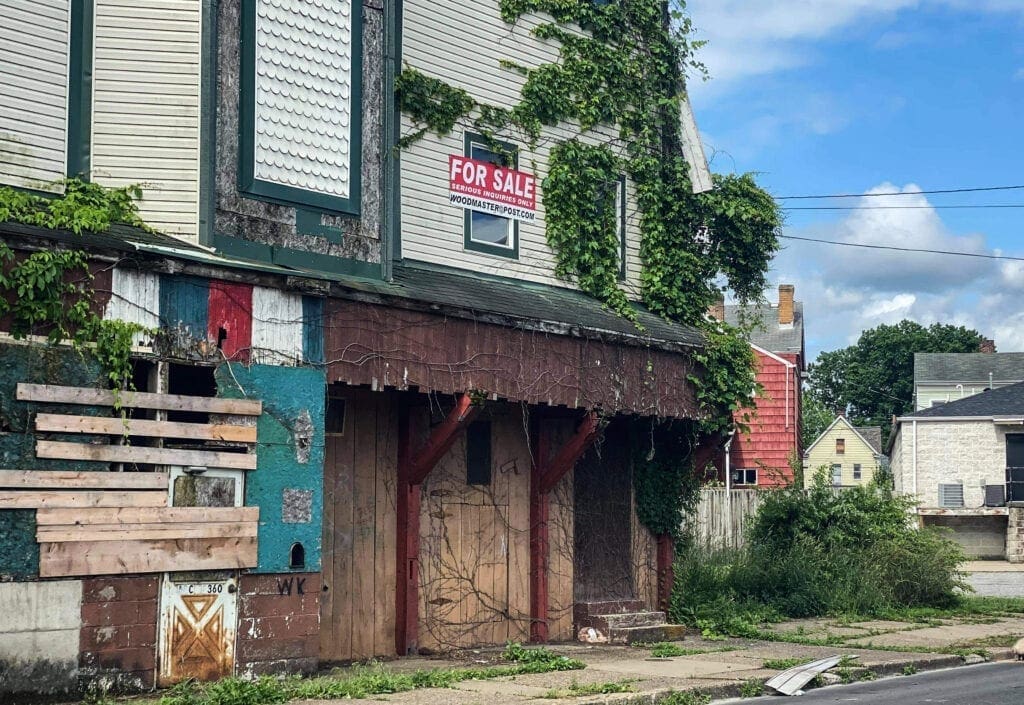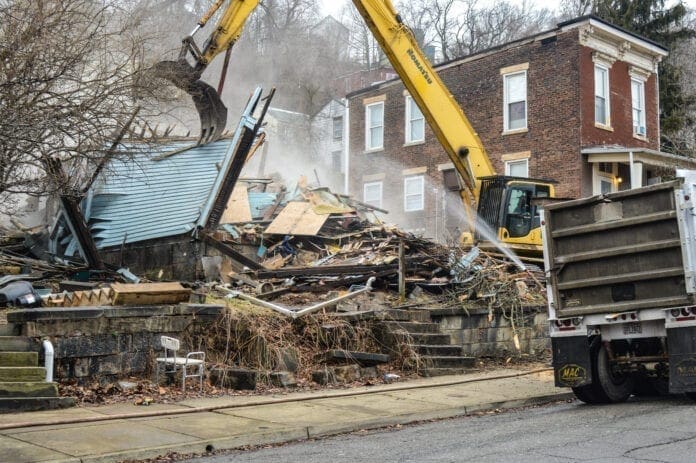As house demolitions continue in several neighborhoods in Wheeling, Ward 2 Councilman Ben Seidler believes the blight elimination process will be streamlined in the future.
Protecting and improving property values throughout the city was an issue Seidler repeatedly made while campaigning to become the next Ward 2 representative. The second ward includes Wheeling Island, a majority portion of North Wheeling, and the Fulton/Glenwood neighborhoods. The Council member believes once criteria are established to determine which abandoned properties need cleared the most, then a more aggressive approach can be implemented.

“Prior to now, there was not an actual list of properties actively being tracked on a raze or repair list. There were plenty of properties that were given raze or repair orders, but there was not a ‘gospel’ spreadsheet or database that anyone was responsible for managing and tackling,” Seidler explained. “From what I have gathered, this concept of a living, breathing list of properties slated for demolition was a feel-good figment of the imagination.
“Even as recently as the most recent round of demolitions, ‘the list’ seemed to get drafted when money got allocated, and there was no repeatable or qualitative method for choosing which properties would be demolished,” he explained. “People have asked me why I removed two Wheeling Island properties from the demolition list, and I politely explained that there was no real list yet, and they may still come down at some point. But the code enforcement department under the great leadership of Assistant City Manager Bill Lanham has worked to build a real list now, ranking places in terms of priority.”

Deaths and Departures
The city of Wheeling has lost nearly 35,000 in population since the 1940s, and the highest rate of loss took place between 1980-2000. The U.S. Census Bureau estimated in 2019 the city’s population to be just above 26,000, and some city officials suspect the total will be lower when results of the 2020 Census are released later this year.
That population decline has left a plethora of former residential structures to rot in several of Wheeling’s oldest neighborhoods like Wheeling Island and East Wheeling, and administration members have worked diligently to identify property owners so raze-and-repair orders can be issued.
“The problem that is encountered pretty frequently is that when those owners are identified, many of them now live out of state, and it is very difficult to enforce anything when that’s the case,” Seidler explained. “The city can place a lien on the property, but those people don’t care about that because that’s where the process stops.”

An official demolition priority list, however, would allow for the most problematic properties to be razed with federal Community Development Block Grant monies or with carryover cash from one annual budget to the next.
“This priority list is designed with a fair and repeatable model of using an objective property-scoring equation to determine which properties become the top priority regardless of whether the city has to demolish it at the taxpayer expense, or whether the city focuses their efforts to make the property owner demolish the property,” Seidler said. “Regardless who has to tear it down, we are now working from a prioritized list. The list of top priority properties slated for Ward 2 will be announced in the coming weeks.
“The city will use this model across the board moving forward,” the councilman continued. “I am continuing to help them work toward moving away from a paper-based approach to leveraging technology to allow them to really get efficient and productive. And with that, we can be incredibly more aggressive in getting this problem under control.”


